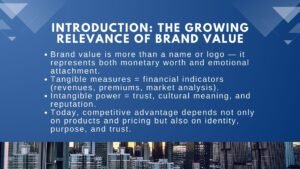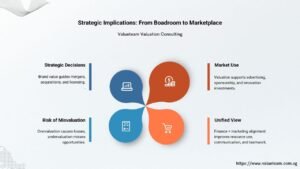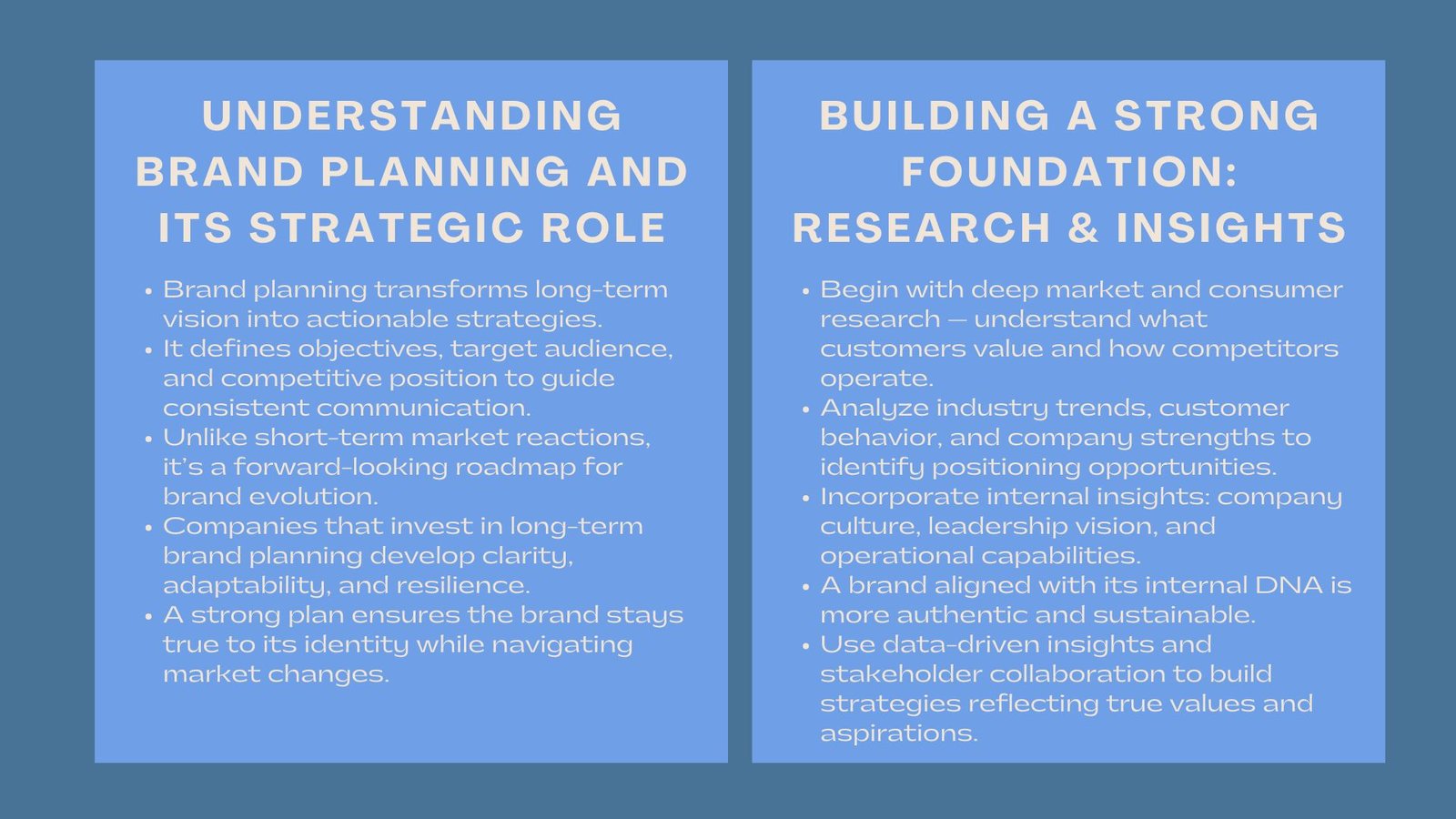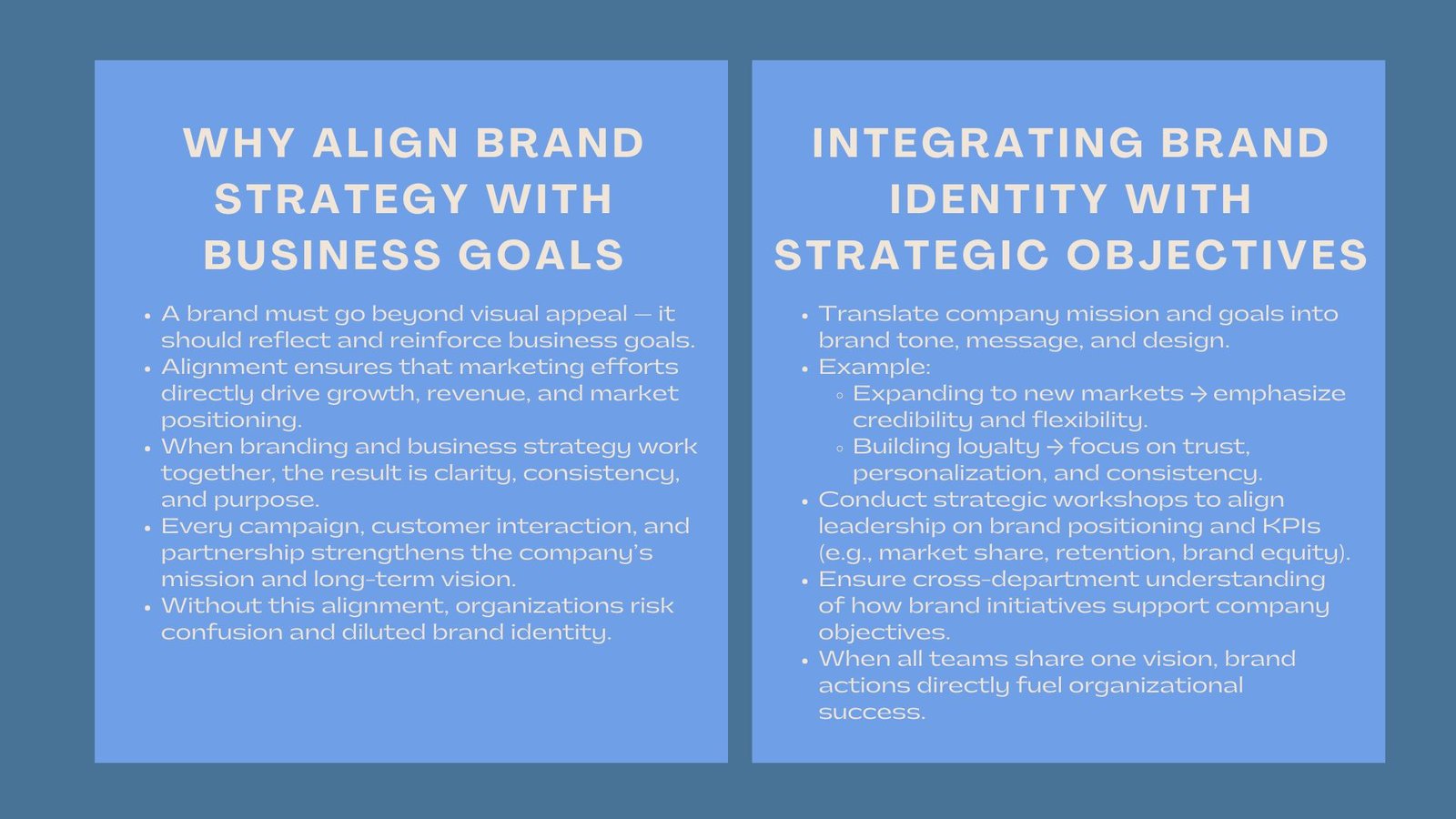
Exploring Trademark Valuation Strategies How to Know What Your Brand Is Really Worth
Exploring Trademark Valuation Strategies How to Know What Your Brand Is Really Worth
Why Trademark Valuation Matters
In the modern economy trademarks in many cases will generate more value than tangible ones and are some of the most valuable intangible assets a company will have. Companies can gain a lot of mileage with a familiar name, a logo, or a symbol, as they are much bigger than their design in serving a promise of high quality or as a distinguishing mark in a competitive field or as a legal protection of brand identity. Experts in valuation of trademark and brand equity Singapore help businesses unlock this value effectively.
As businesses expand, combine or make financial decisions, it is the knowledge of the true value of a trademark to make a decision. Trademark valuation is neither solely a financial activity nor a strategic one, as the degree of measured business outcome needs to be balanced with the brand equity, requiring detailed trademark valuation report services in Singapore for accuracy.
In valuing a trademark, matters are more complicated than in registering the assets on a balance sheet. It entails evaluation of the role of the mark in creating consumer actions, market positioning and growth in the future. This paper will discuss the main success tactics to identify the value of the trademark, providing the insight into the approaches that integrate the concrete financial information and the immeasurable influence of the brand perception. This ensures companies understand how to value brand equity accurately in Singapore when making long-term decisions.
Understanding the Foundations of Trademark Value
The essence of the usefulness of a trademark lies in its power to impact the choice of purchases and loyalty. A trademark is more than a purely ornamental possession- it is an institution of brand identity, credibility, and brand recognition. Such affiliations usually transfer immediately into high prices, returning consumers, and the enhanced market resilience.
Financially, trademarks are valuable in that they allow business to gain increased revenues or preserve stable shares regardless of the competitiveness. They also bring about legal safeguards against other people taking advantage of the brand name to their benefit further adding commercial value to them. This value is however dynamic. It changes with the mood of the consumer; competition interests; legal impositions, and the later market trends.
To grasp the nature of the essence of trademark value, it is crucial to take into consideration the fact that it has a dualistic character: on the one hand, there is the protection of trademark value through the legal system; on the other hand, there is the emotional associations of individuals with trademark value.
The Cost Approach: Historical Investment as a Starting Point
Cost approach is one of the first and most simple approaches to trademark valuation. This provision takes into account the past cost incurred in developing the trademark, registering and in promoting the trademark. Marketing expenses, product design costs, advertising, and legal protection expenses are some of the components of this calculation.
The cost approach provides a benchmark value as it indicates the amount of financial resources that have been expended to create the awareness of the mark. There are however limitations to it. The value of money spent is not necessarily the true value of money spent simply because one knows the amount that is spent. A trademark can be created with small expenditure and achieved rare gains in popularity and desire. On the other hand, high expenditures do not warrant success in the long-term in case consumers cannot relate to the brand.
Although this is a helpful method of ensuring that there is a minimal level of the price, the cost approach does not exhibit the entire appeal of the value of a trademark. It is customarily complemented with other techniques of valuation that are more effective at considerations of market forces and consumer impact.
The Market Approach: Learning from Comparable Transactions
The market method of trademark valuation involves the comparison with the comparable transactions. Using recent sales of a trademark or licensing agreement or brand purchase in a similar industry, analysts may be able to derive an approximation of the probable value of a trademark were it to be purchased or licensed under present terms.
Such an approach is especially applicable where there are already active markets in similar brands, e.g. consumer goods, fashion or technology. To take a simple example, when a competitor buys a brand with adjacent market share/ consumer awareness, the transaction parameters can act as an indicator of the valuation of another trademark of equal size.
However, it is challenging to come up with real benchmarks. No two trademarks are similar in recognition, market geography or consumer loyalty. Moreover, the transaction details of individuals are rarely disclosed hence reliable information cannot be found easily. However, the market strategy can also be used as very informative, when the trademark you value is based on evidence of what people are ready to spend money on.
The Income Approach: Linking Trademarks to Future Earnings
The most popular type of valuation, the income approach, determines the potential value of the trademark based on the amount that it is projected to bring in terms of income. This is an approach that acknowledges trademarks as revenue-generating assets, especially in cases such as enabling the companies to command higher prices, maintain loyal customers, or increase market shares.
The income approach can be applied to some extent in a number of ways. A popular technique is the relief-from-royalty technique, which attempts to figure how much a firm would have to pay in licensing fees in the event that it did not own the trademark. Projecting revenues, analysts estimate the savings, or economic benefit, to trademark ownership by performing the calculation using an estimated rate of royalty and an estimated rate of economic benefit.
Alternatively, the discounted cash flow analysis performs calculations of future profits that can be attributed to the trademark and discounts it to the present value. It is a cumulative financial modeling and brand performance assumption and thereby is stronger than the cost or market method only. Nonetheless, it is a judgment matter, and it can create overestimates of the growth in revenue or consumer loyalty, and hence overvaluation.
Consumer–Based Valuation: The Power of Perception
Financial models are all important but often under-emphasize the damage done by consumer perception. The behavioural methods of valuation determine the ability of a trademark to impact behavior in the market. Such types of measurement include a measure of awareness, a measure of like, a measure of emotional connection, and a measure of brand loyalty, all of which predict long term profitability.
Brand strength studies, surveys and market research provide information about the perception offered by consumers to a trademark in comparison to the competition. This strategy assists companies to realise that their trademark is simply a name of a product or that it evokes confidence and emotional appeal that result in a long-term demand.
The approach linked to the consumer emphasizes the fact that trademarks are not merely economic values that do not reflect benefits; it is a relationship. In the case of a number of international corporations, their logos or even company names feature meanings that are difficult to copy and even replace with something new. The inclusion of consumer sentiment in the valuation of a trademark makes it a twofold practice since it not only measures the performance of the brand welfare-wise but also, in its social and psychological contexts.

Strategic Applications of Trademark Valuation
In addition to financial reporting, trademark valuation helps companies in corporate decision making. In the case of mergers and acquisitions, it clarifies the fairness of the price acquisition in terms of the strength of a brand. It is used in negotiations of licensing which monitors royalty amounts and conditions. When it comes to litigation, it assists in calculating damages committed in cases of infringement or counterfeit.
Internally, it is used as a guide to the allocation of resources on the basis of trademarks valuation. Firms with superior brand equity will likely choose to enter any new markets, whereas the low performing trademarks will be remodelled or sold. The information about valuation also helps investors understand how the company is likely to grow and reduce possible losses. Ultimately, the accuracy of understanding the value of a trademark enables companies to make solid business decisions to support the financial objectives of the business and brand creation techniques.
Conclusion: Balancing Numbers and Intangibles
It is not a simple task of using spreadsheets in ascertaining the true value of a brand. Trademarks have a tangible financial worth, as well as intangible consumer strength, and therefore the valuation of a trademark is a complex issue. Cost, market, and income approaches bring order and measurable outputs to the process, but consumer- based valuations reflect the emotional component and emotional connection that turn trademarks into such a powerful driving force.
In the world where less tangible assets have become more prominent in comparison with the physical ones, trademark valuation has gained importance. It is also not just acquiring the good deals in business dealings but also embracing the underlying role in the establishment of trust by consumers and leading to competitive advantage through trademarks. When any business says, What is my brand worth? The answer lies in coming up with rigorous financial analysis with the understanding that there is a power attached to trademarks that is a unique and intangible power.














